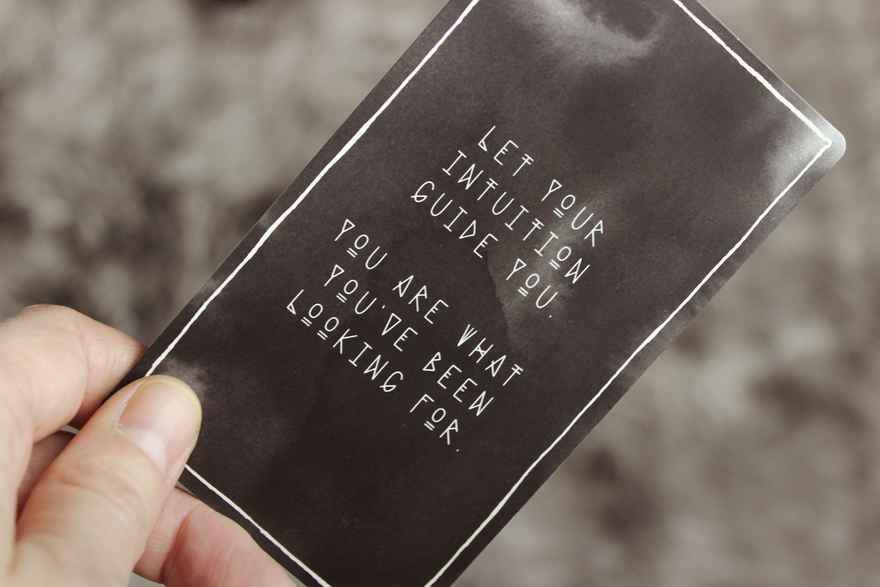Master Your Mental Chatter

Help! My negative thoughts are driving me crazy!
How to Change Your Thoughts using the Witness Technique?
Although our modern-day world is full of stress and mad crazy schedules, we are all aware enough to know that we need to slow down. We need some space and mindfulness and the ability to stop the overwhelming flow of thoughts (mostly negative) that hit our brains every second.
Did you know that 80% of our everyday thoughts are the same ones we had yesterday? And that out of that 80%, over 80% of them are negative?
That certainly needs some attention or we are all going to be a mess. But ‘how’ we do that (stop those incessant thoughts) seems elusive to most of us. As we become more busy and overloaded, those self-doubting thoughts, actions and behaviours creep in steadily without our consent.
Why? Because they are subconscious (autopilot) behaviours that have been learned in the past and we cannot control them – even with willpower.
The most commonly asked question in my client healing sessions is: “How do I control my thoughts or stop my negative thinking?”
The answer to this is simple: You don’t! Trying to control your thoughts is like giving it a 5% effort.
How often are you able to control the moment before that thought enters your brain and prevent it? At the most, maybe 5% of the time and that’s maybe if you do adaily meditation. If you don’t do a daily meditation, then it could very well be zero.
The most effective way I have seen mind change is by understanding and utilizing the “witness” technique.
Also called ‘the observer’, the witness asks that you allow the thought to drift into your mind (rather than controlling it from happening in first place) but become aware of that thought process and the path that it follows, taking time to step back from it and observe at a distance. Giving it distance means that you can respond to it in any way you choose and even laugh at it.
For example:
“Isn’t it interesting how Debbie is getting really self-critical right now in relation to xx situation” OR, “Every time Debbie starts doing her tax work, she becomes heavy and tired and starts getting critical about how poor her budgeting skills are”?
“I am noticing how Debbie wakes up every day thinking about her problematic relationship with her boyfriend”.
“Wow, Debbie constantly puts herself down about her parenting skills”
The witness just asks that you observe your thoughts (what they are and how often) giving them as much distance as you can. This allows you to really reflect on how much power you are giving your thoughts and potentially how much self-abuse you are taking on by allowing these thoughts to come in. The witness is more about working “on” your mind than being “in” it. Like you are looking from the outside in trying to understand and be compassionate. Create a new neural pathway at some point, you will become annoyed or restless with those useless thoughts and choose a different way that is kind and caring to the self.
This new way of thinking or acting starts to wear a new neural pathway in the mind. (check out Norman Doidge’s book “The Brain the Changes Itself” if you want hard evidence)
This new neural pathway becomes deeper and more ingrained, the more you opt for this, better though.
Define your values and move towards those when you choose new thoughts. Eventually, the older neural pathways of destructive thoughts or patterns start to lose their grip. Over time, the synapses between the old neural pathways break or at least become more redundant.
The idea here is that as you witness and pay attention to this stream of thought, so do you consciously choose a better thought that you do want and pick up on where you might be abusing the self.
At first, the witness might feel tricky and you can forget to switch it on! A whole day could go by and you forgot to “check in”. Don’t worry, start bit by bit and remember the key is not to suppress or judge your thoughts (that is not authentic to brush them under the carpet) – but rather to observe, analyse and distance yourself from them.
You are NOT your thoughts, yet, they do belong to you. Respond with ability once you observe and notice patterns, you have the ability to be responsible (respond-with-ability) because you are conscious of what you do and don’t want in life.
Each time you respond with ability – you strengthen the new (good) neural pathway and weaken the old (abusive) neural pathway.
Your intentions are powerful. Make a daily commitment to tap in at least once a day to your ‘witness self’ and increase as you can until it is a habit. Ask yourself to start moving towards a more loving and easy flow of good positive thoughts – and to highlight to you when you are not thinking this so adjustments can be made.
Probably, the best book I have ever read that very simply explains thoughts is this book by Michael A Singer called “Untethered Soul”. His main premise is to both understand your crazy tangled thoughts and then make a conscious effort to breathe them out the back of your heart and let go of any negative thoughts/emotions as they happen so the neural pathway and hence congestion does not bank up.
I hope this concept makes sense and it really is a fantastic tool for change. The origins of the witness come from indigenous wisdom so it’s a tried and tested concept. If you would like to know more or have a question, please get in touch!
Categories
- world news (5)
- numerology updates (7)
- energy update (7)
- nature healing (8)
- goals (10)
- personal development (27)
- body health (12)
- consciousness (22)
- conscious living (49)
- mindfulness (28)
- confidence (19)
- death and rebirth (4)
- values (19)
- higher self (17)
- life purpose (20)
- animal totem (1)
- stress management (17)
- conscious children (2)
- chakra energy (3)
- spiritual retreat (6)
- work-life balance (10)
- happiness (24)
- workshop and retreats (11)
- spirituality (9)
- astrology (2)
- space clearing (2)
- relationships (14)
- intuition (11)
- clarity (8)
- wellness (16)
- meditation (2)
- earthing (2)
- intuitive guidance (12)
- relationship guidance (8)
- self healing (2)
- healing tools (6)
- mental clutter (2)
- fear (3)
- rezinate sessions (1)
- spiritual awakening (2)
- energy medicine (3)
- metaphysical energy and healing (3)
- medicine wheel journey (1)
- psychic development (5)


1 comment
Leave a comment